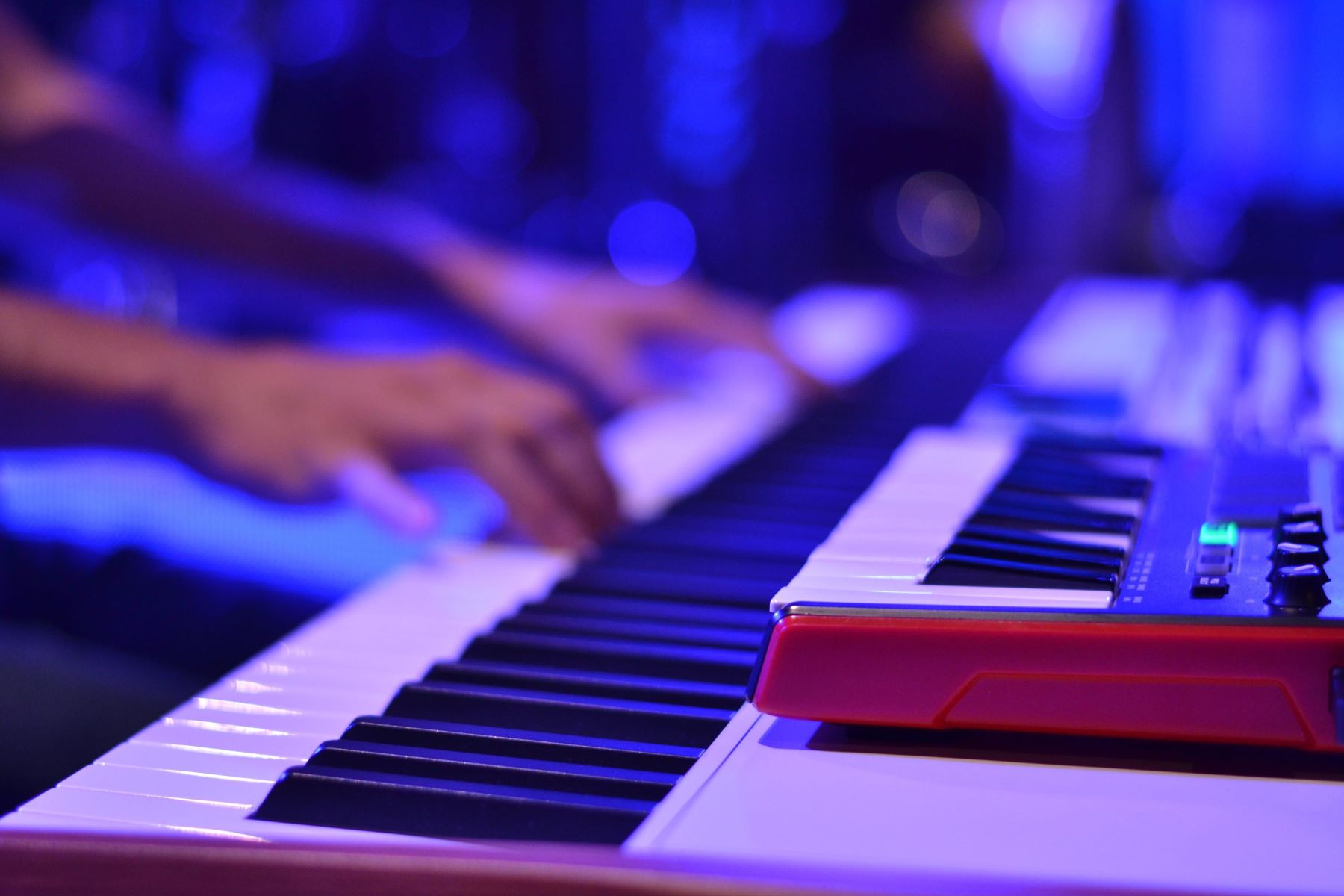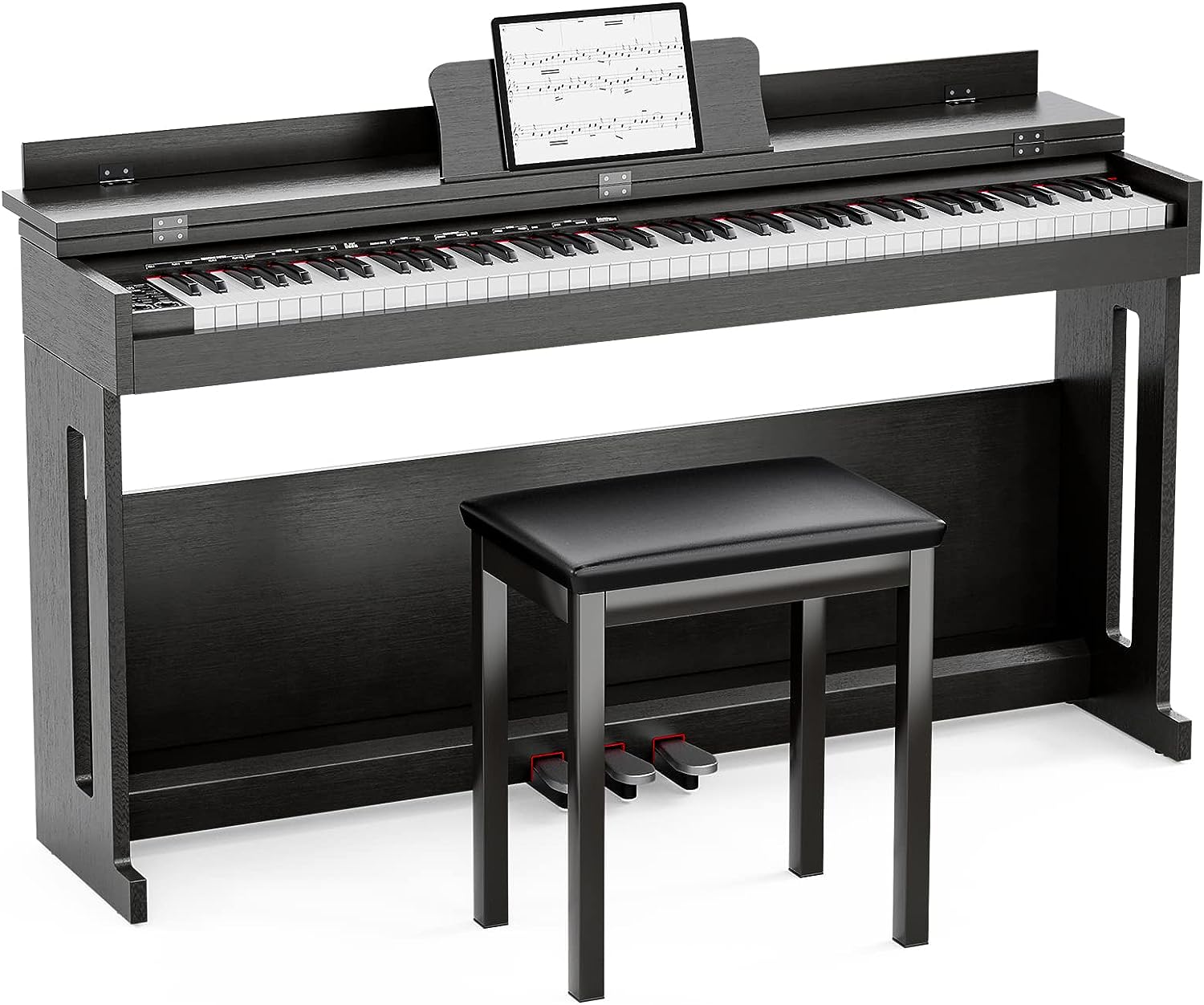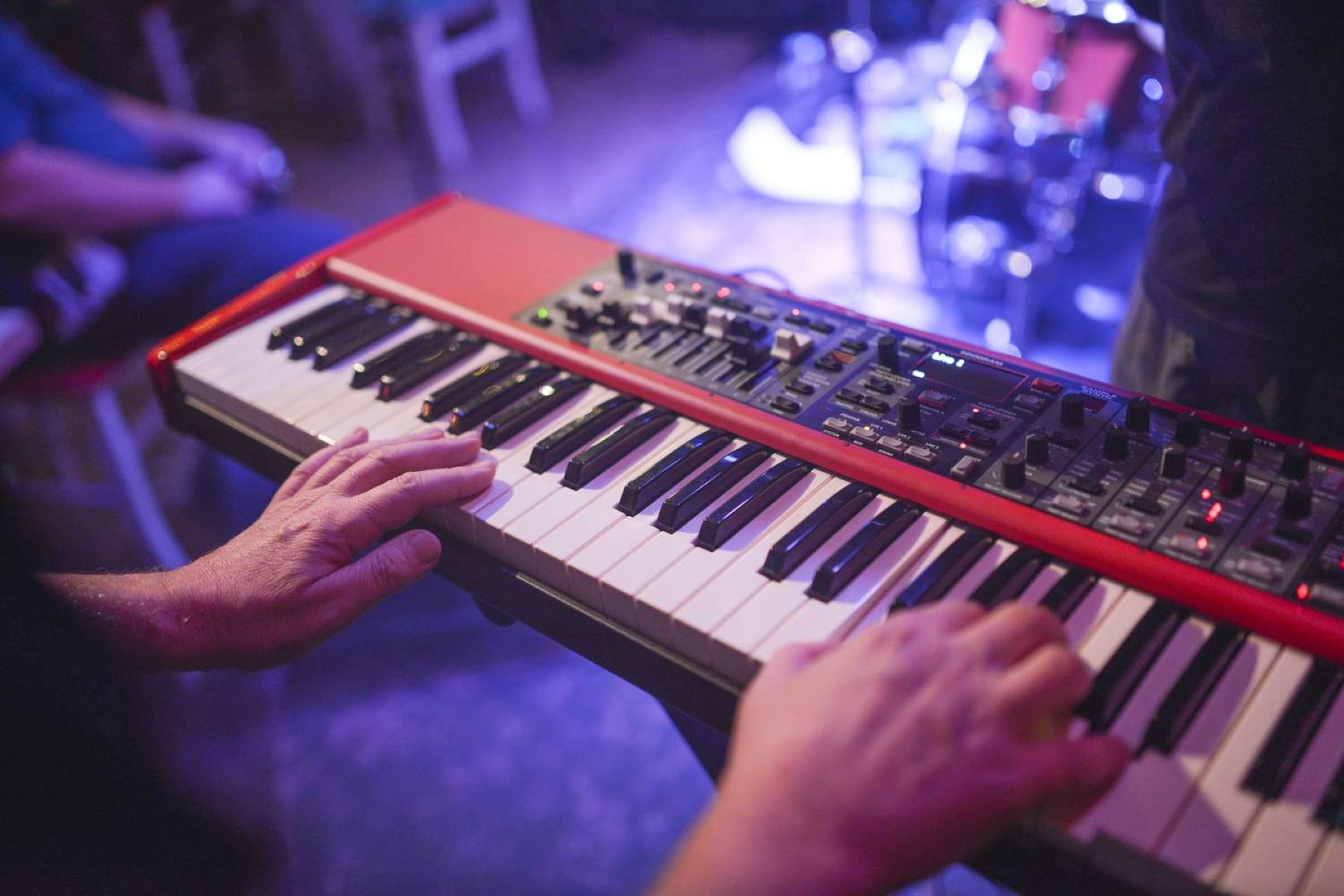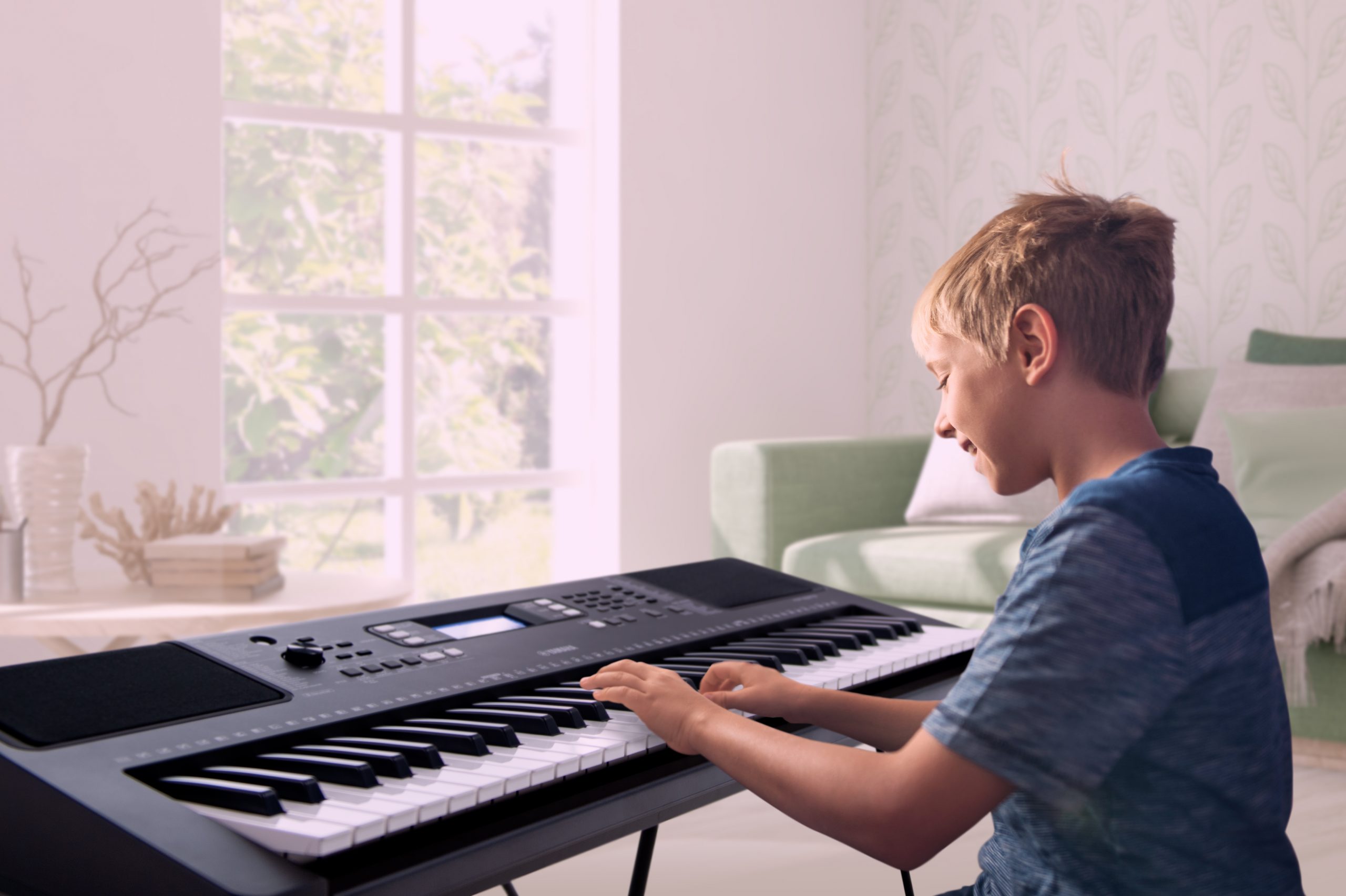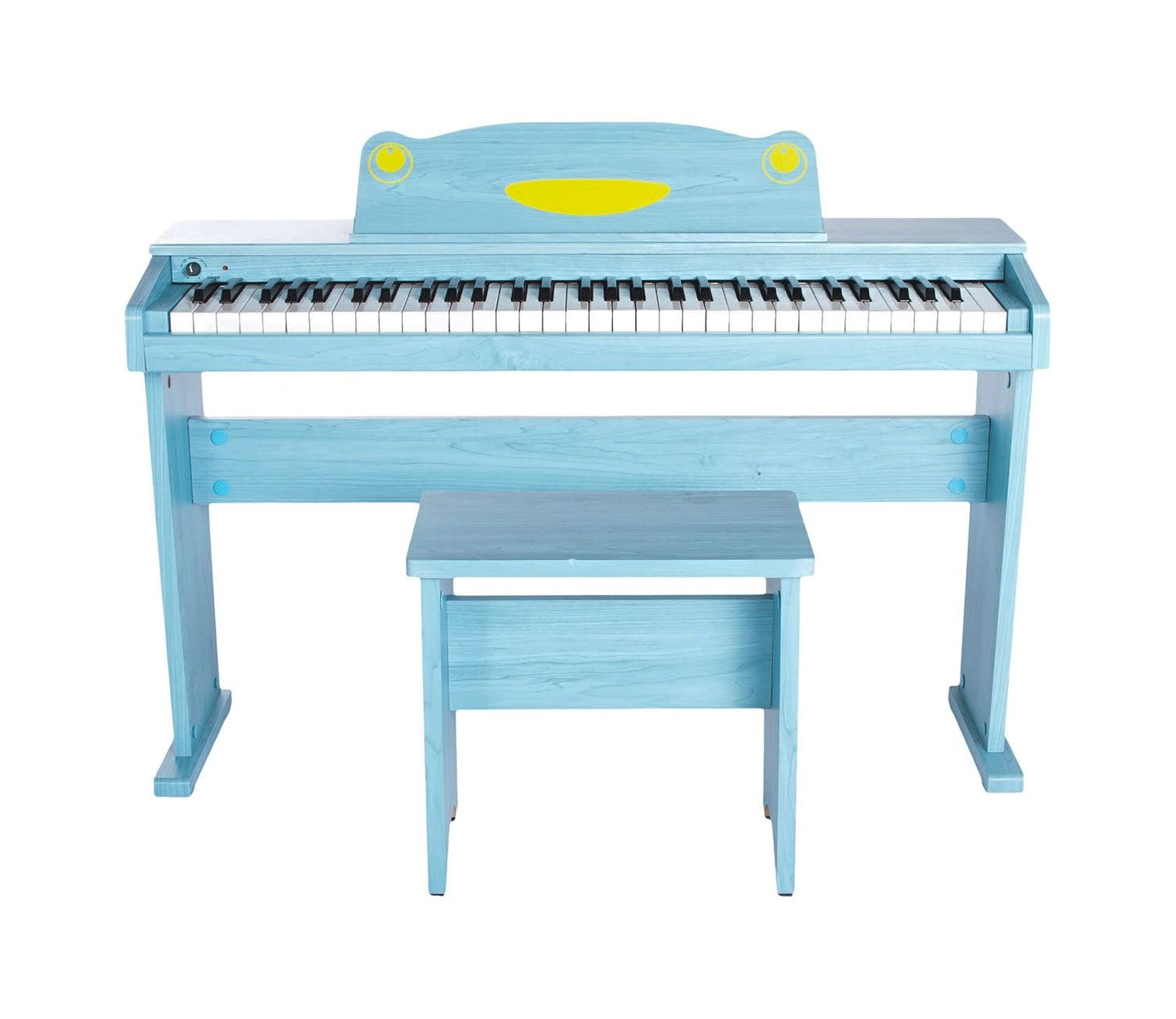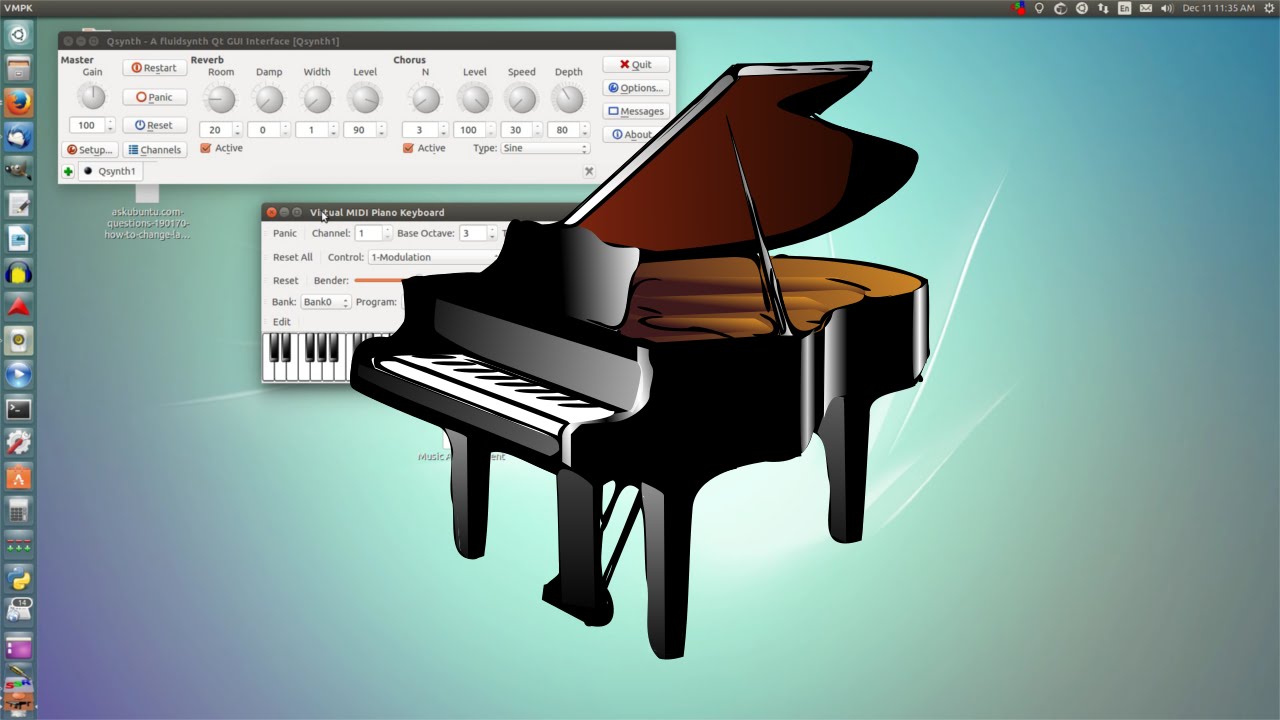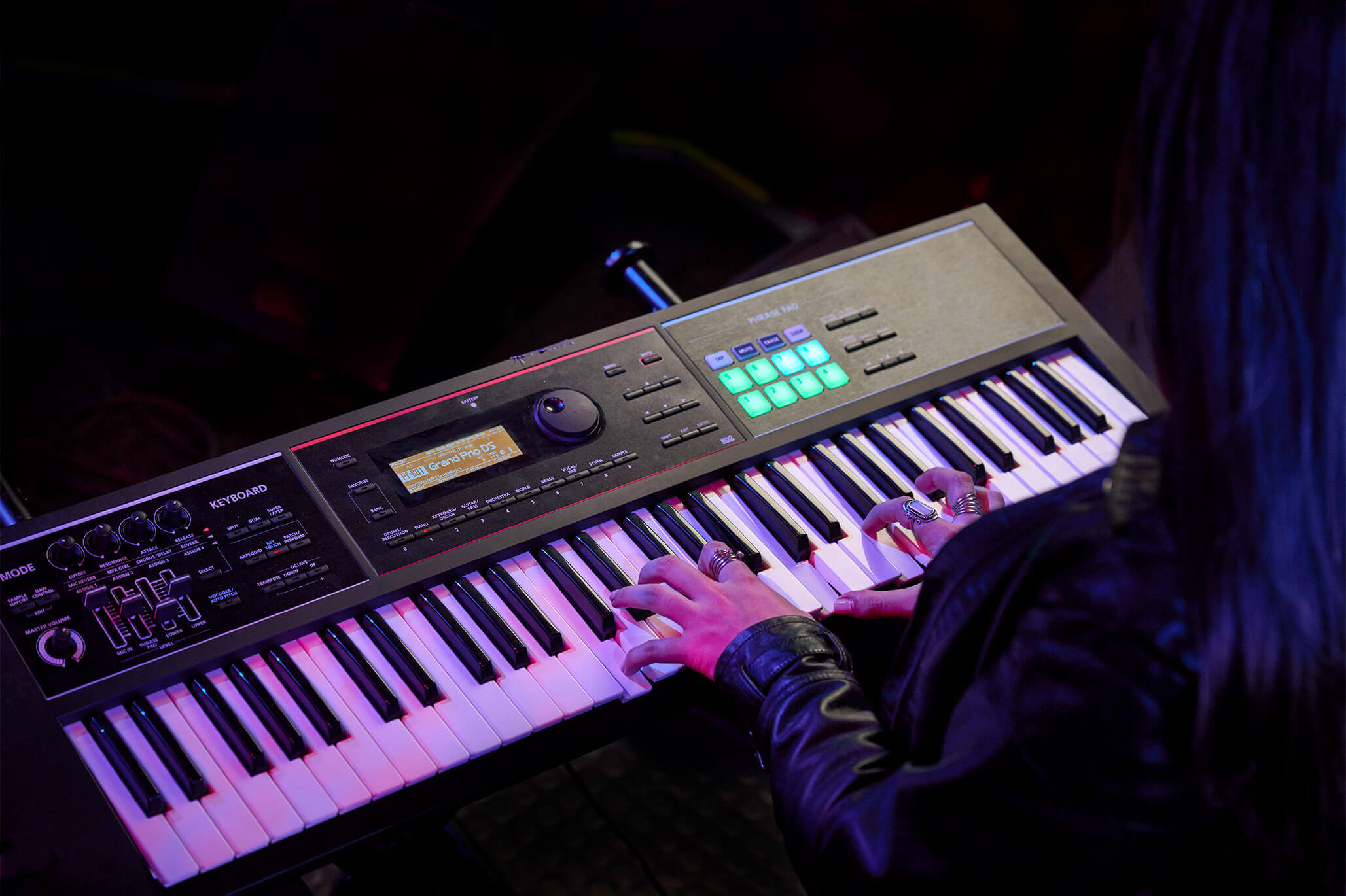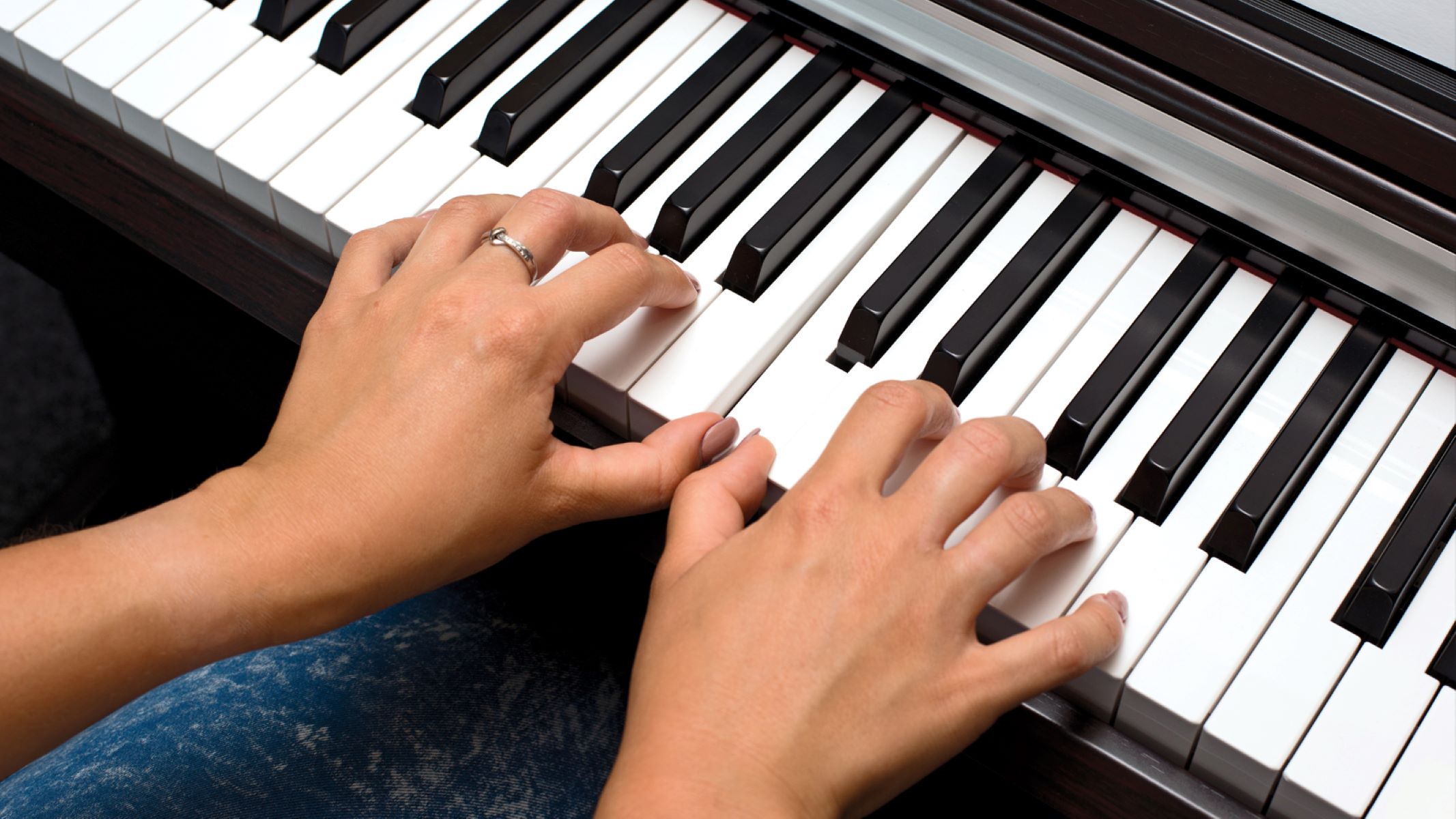Choosing the Right Sound
When it comes to making a digital piano sound better, the first step is to choose the right sound. Whether you’re performing live or recording in a studio, selecting the appropriate piano sound is crucial to achieving the desired tone and ambiance. Here are some key factors to consider when choosing the right sound for your digital piano:
- Genre and Style: The genre and style of music you’re playing will heavily influence the type of piano sound you should choose. For classical pieces, a clean and natural piano sound with minimal effects may be ideal, while for jazz or pop, a warmer, more resonant sound with subtle reverb and chorus effects could be more suitable.
- Room Acoustics: If you’re performing in a live setting, consider the acoustics of the venue. A brighter piano sound may work better in a larger, more reverberant space, while a softer, mellower sound might be preferable in a smaller, more intimate setting.
- Emotional Impact: The emotional context of the music should also guide your choice of piano sound. For expressive, emotive pieces, a sound with rich harmonic content and nuanced dynamics can enhance the musical experience, while for more upbeat or rhythmic compositions, a punchier, more percussive sound may be more effective.
- Personal Preference: Ultimately, your personal preference and artistic vision play a significant role in selecting the right piano sound. Experiment with different presets and custom settings to find a sound that resonates with you and complements the overall musical context.
By carefully considering these factors and actively listening to how each sound complements the music you’re creating, you can effectively choose the right piano sound to elevate the overall sonic experience.
Adjusting the Reverb and Chorus Effects
Once you’ve selected the right piano sound, the next step in enhancing the quality of your digital piano’s sound involves adjusting the reverb and chorus effects. These effects can significantly impact the spatial and tonal characteristics of the piano sound, adding depth, richness, and dimension. Here’s how you can effectively utilize reverb and chorus effects to improve your digital piano’s sound:
- Reverb: Experiment with the reverb settings to create a sense of space and ambience around the piano sound. A longer reverb tail can evoke the feeling of a grand concert hall, while a shorter reverb can simulate a more intimate performance space. Adjust the reverb level to strike a balance between adding depth and maintaining clarity in the piano sound.
- Chorus: The chorus effect can impart a shimmering, slightly detuned quality to the piano sound, enhancing its richness and complexity. By adjusting the chorus depth and rate, you can tailor the degree of modulation applied to the sound. Subtle chorus can add warmth and dimension, while more pronounced chorus settings can create a lush, immersive sonic texture.
- Layering Effects: Consider layering reverb and chorus effects strategically. Applying a touch of chorus before the reverb in the signal chain can produce a captivating, ethereal quality, while experimenting with different routing configurations can yield unique sonic textures and spatial illusions.
- Listening Environment: When adjusting reverb and chorus effects, take into account the listening environment. What sounds pleasing in a studio setting might not translate well in a live performance space. Tailor the effects to suit the acoustics of the venue and the overall sonic context of the music.
By fine-tuning the reverb and chorus effects with a discerning ear and a nuanced understanding of their sonic impact, you can imbue your digital piano’s sound with a captivating sense of space, depth, and character, elevating the musical experience for both performers and listeners alike.
Enhancing the Dynamics with Velocity Sensitivity
Velocity sensitivity is a fundamental aspect of digital pianos that directly influences the expressiveness and dynamics of the instrument. By understanding and harnessing velocity sensitivity, you can significantly enhance the realism and musicality of your digital piano’s sound. Here’s how you can leverage velocity sensitivity to elevate the dynamics of your performance:
- Understanding Velocity Sensitivity: Velocity sensitivity refers to the piano’s ability to respond to the force or speed with which keys are struck. Lighter touches produce softer sounds, while stronger, more forceful strikes yield louder, more resonant tones. Familiarize yourself with your digital piano’s velocity curves and settings to tailor the key response to your playing style and musical preferences.
- Expressive Playing Techniques: Embrace the nuances of velocity sensitivity to convey emotion and musical expression. Utilize varied touch and key strike intensities to evoke a wide range of dynamics, from delicate pianissimo passages to thunderous fortissimo accents. By mastering the subtleties of touch and pressure, you can imbue your performances with a heightened sense of musicality and depth.
- Dynamic Layering: Capitalize on velocity sensitivity to create dynamic layering effects. By mapping different velocity ranges to distinct piano timbres or articulations, you can craft intricate, layered performances that exhibit a rich, nuanced sonic palette. This technique adds depth and complexity to your playing, making the piano sound more expressive and sonically engaging.
- Customizing Velocity Curves: Many digital pianos offer the option to customize velocity curves, allowing you to tailor the instrument’s response to your individual playing dynamics. Experiment with different velocity curve settings to find a configuration that optimally translates your touch and playing style into nuanced, expressive piano sounds.
By embracing velocity sensitivity as a powerful tool for shaping the dynamics and expressiveness of your digital piano performances, you can unlock a world of musical possibilities, infusing your playing with authenticity, sensitivity, and captivating emotional resonance.
Using Equalization to Shape the Sound
Equalization, commonly known as EQ, is a vital tool for shaping the tonal characteristics and overall sonic profile of a digital piano. By intelligently applying EQ adjustments, you can sculpt the sound to achieve clarity, warmth, and balance, effectively enhancing the sonic quality of your piano performances. Here’s how you can leverage equalization to shape the sound of your digital piano:
- Frequency Analysis: Begin by analyzing the frequency spectrum of the piano sound. Identify the tonal elements that require emphasis or attenuation. For instance, boosting the mid-range frequencies can enhance the piano’s presence and articulation, while attenuating excessive low-end frequencies can mitigate muddiness and improve clarity.
- Subtractive EQ: Use subtractive EQ techniques to remove unwanted resonances, harsh frequencies, or sonic anomalies that detract from the piano’s natural timbre. By judiciously notching out problematic frequencies, you can refine the sound and eliminate any tonal imperfections, resulting in a more polished and refined sonic output.
- Additive EQ: Employ additive EQ to accentuate desirable tonal characteristics and impart sonic warmth and richness to the piano sound. Gentle boosts in the high frequencies can add brilliance and sparkle, while subtle enhancements in the low mid-range can infuse the sound with warmth and depth, enhancing its overall tonal balance and musicality.
- Tailoring for Context: Consider the musical context and performance environment when applying EQ adjustments. Tailor the EQ settings to suit the specific sonic requirements of the music and the acoustics of the venue. What sounds optimal in a studio recording may differ from what is suitable for a live performance setting.
By skillfully utilizing equalization to refine the tonal characteristics and sonic balance of your digital piano, you can sculpt a sound that is rich, articulate, and sonically captivating, elevating your performances to new heights of clarity and expressiveness.
Adding Layered Sounds for Depth
One effective technique for enhancing the sonic richness and depth of a digital piano is the strategic incorporation of layered sounds. By integrating complementary tones and textures, you can imbue your piano performances with a heightened sense of depth, complexity, and sonic allure. Here’s how you can adeptly utilize layered sounds to elevate the sonic landscape of your digital piano:
- Textural Enhancement: Introduce supplementary sounds, such as ambient pads, strings, or orchestral textures, to enrich the sonic tapestry surrounding the piano. By blending these layered elements with the piano sound, you can create a lush, expansive sonic environment that captivates the listener and imbues the music with a heightened sense of depth and emotive resonance.
- Harmonic Enrichment: Layering harmonically rich sounds, such as ethereal pads or resonant synth textures, can infuse the piano performance with additional harmonic complexity and depth. These layered elements can enhance the tonal richness and emotional impact of the music, adding a captivating sense of depth and dimension to the sonic palette.
- Dynamic Contrast: Experiment with layering contrasting sonic elements to create dynamic tonal shifts and textural interplay. Introducing subtle arpeggiated patterns, gentle swells, or atmospheric soundscapes can dynamically augment the piano’s sonic landscape, adding intrigue and emotive depth to the musical narrative.
- Artistic Integration: Integrate layered sounds thoughtfully to complement the musical context and emotional narrative of the performance. The layered elements should enhance the expressive intent of the music, serving as evocative sonic embellishments that elevate the overall artistic impact of the piano performance.
By skillfully integrating layered sounds with the digital piano, you can craft performances that transcend traditional sonic boundaries, offering a captivating and immersive musical experience that resonates with depth, emotion, and artistic allure.







